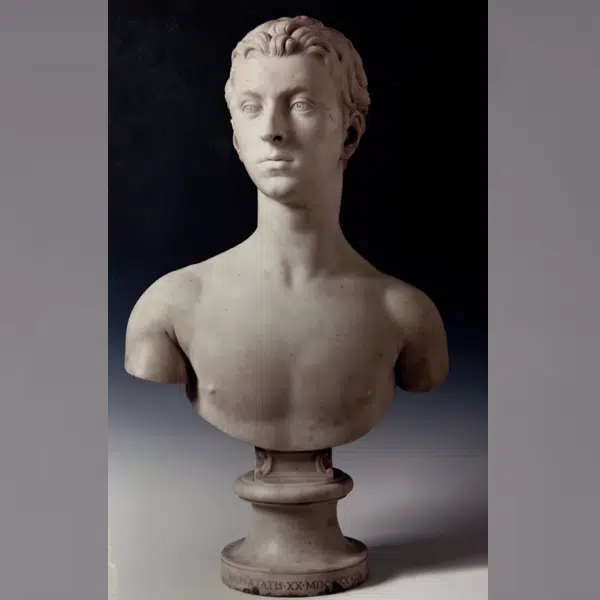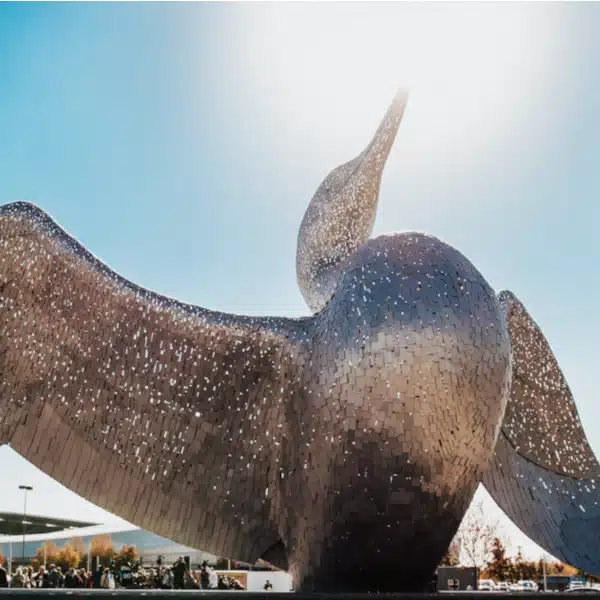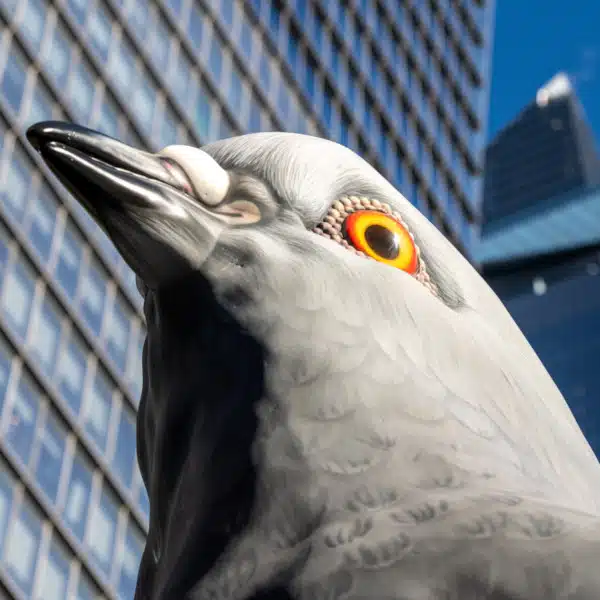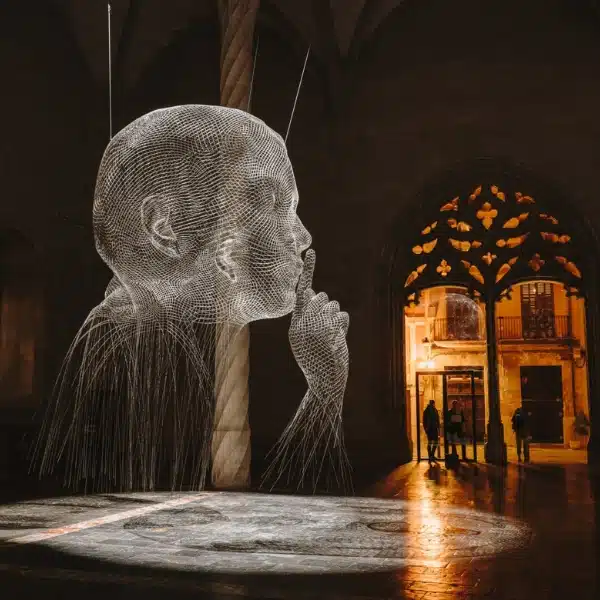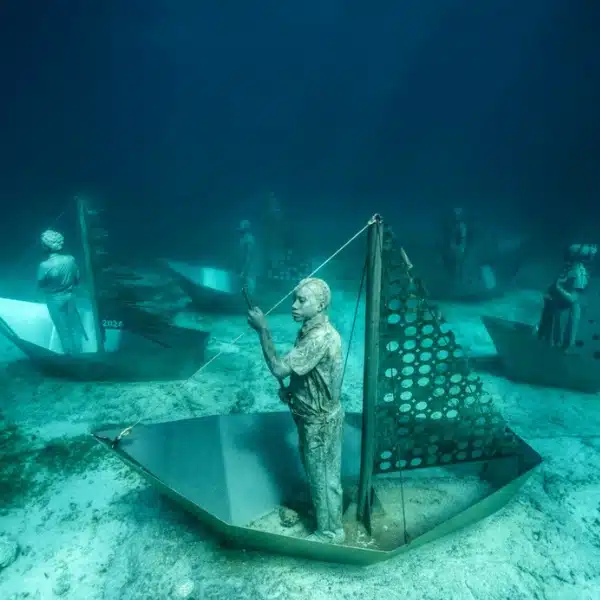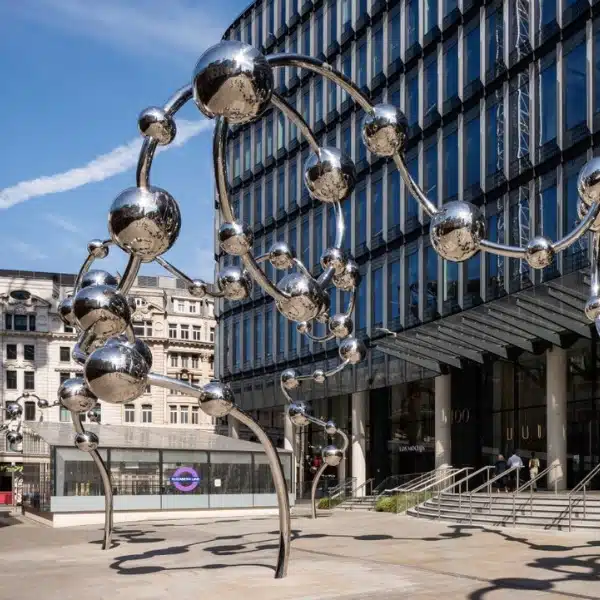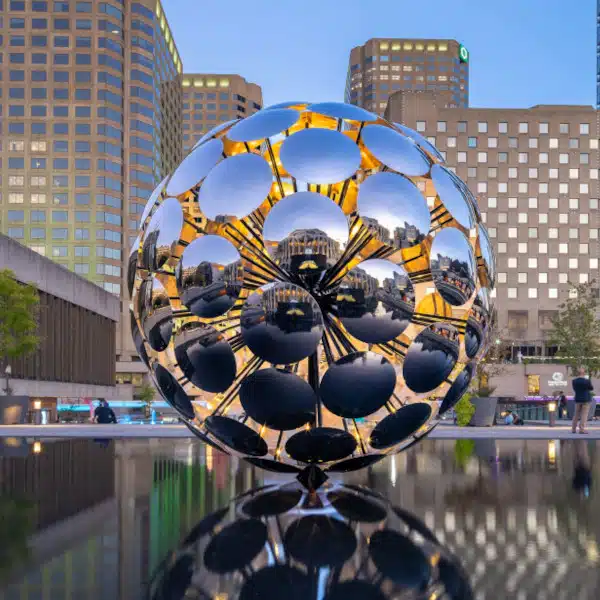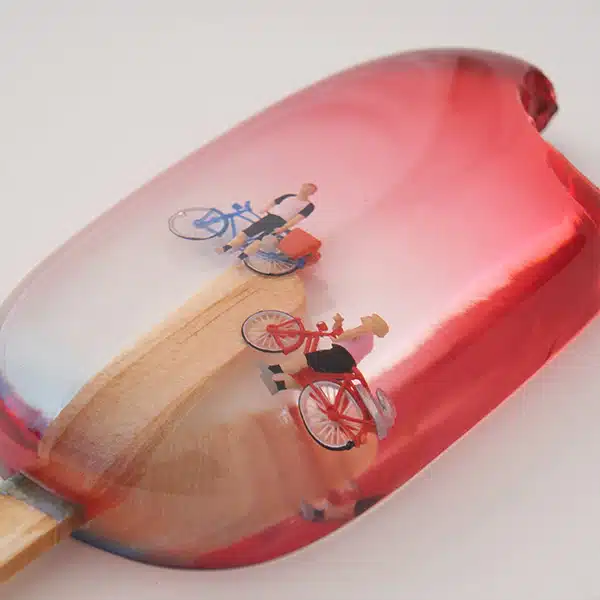
Photo: revoc9/DepositPhotos
Every year, thousands of tourists flock to Rome to immerse themselves in art and culture. And while there is an abundance of ancient and Renaissance art to see in museums, there are just as many public landmarks spread across the city that take your breath away. One of the most popular destinations for visitors and Romans alike, and one of the most famous fountains in the world, is the Trevi Fountain.
Located just in front of Palazzo Poli, this ornate Baroque-style fountain was designed by architect Nicolo Salvi and completed in the 18th century. It features numerous lifelike sculptures centered around the theme, “Taming of the waters,” including Oceanus and his chariot pulled by hippocamps. In addition to its grand scale, the way in which the art is integrated with the flowing water makes this work an awe-inspiring sight.
Here, we explore the history and iconography behind the Trevi Fountain.
Who designed the Trevi Fountain?
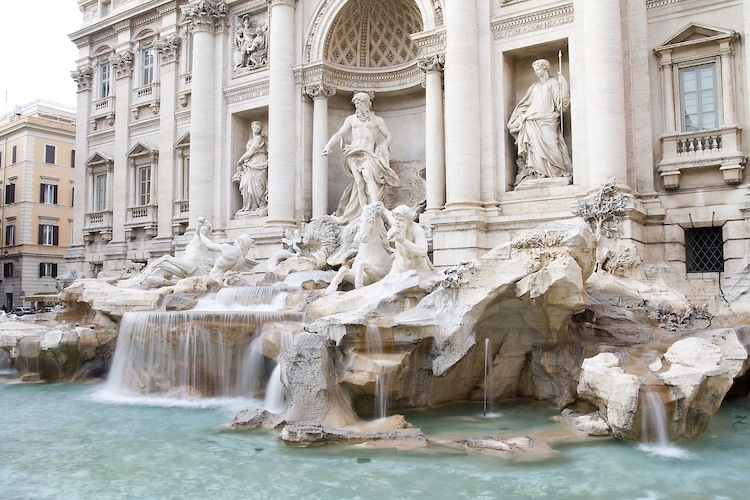
Photo: natursports/DepositPhotos
In the early 18th century, Pop Clement XII held a competition to decide which architect would redesign the fountain in front of the Palazzo Poli. A Florentine mathematician and architect named Alessandro Galilei was initially selected, but after the public threw an uproar over the fact he was not Roman, the project was given to Nicola Salvi instead.
Salvi created a design around the theme “taming of the waters,” and construction began in 1732. Although he died halfway through the fountain's completion, it was eventually finished in 1752 by Giuseppe Pannini.
Exploring the Trevi Fountain
Setting
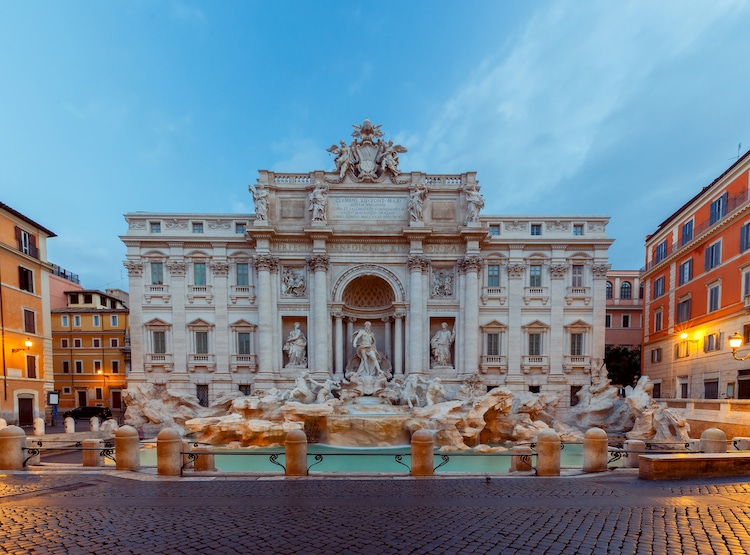
Photo: pillerss/DepositPhotos
The Trevi Fountain is situated at a place of importance to ancient Rome. Its name Trevi derives from the Latin for “trivium,” meaning ” intersection of three roads.” Today, those streets are called Crocicchi Street, Poli Street, and Delle Muratte Street. The fountain receives water from the Roman aqueduct called Acqua Vergine, located about 14 miles away.
The fountain is located in the Piazza di Trevi, just in front of the Palazzo Poli, a 17th-century building named after the Duke of Poli. A new facade was erected in front of the original after construction on the fountain began.
Iconography

Photo: cigare/DepositPhotos
There are three main figures in the Trevi Fountain: Oceanus, Abundance, and Health. Oceanus is situated in the center of the design, standing underneath the arch created by the facade. He is on a chariot that is being pulled by hippocamps, or Greek mythological sea horses. One of the hippocamps is bucking wildly while the other appears to be at ease, reflecting the changeable moods of the sea.

Photo: DimaKozitsyn/DepositPhotos
Abundance is located to Oceanus's left. She is a lifesize female figure holding a horn with a toppled amphora at her feet. On the other side of the arch is Health, who is depicted wearing a wreath crown on her head, and holding a cup that a snake is drinking from. Above all of the statues is a relief illustrating the history of the Roman aqueducts.
Frequently Asked Questions
Where is the Trevi Fountain?
The Trevi Fountain is located in the Piazza di Trevi in Rome, Italy.
When was the Trevi fountain built?
Construction on the Trevi Fountain began in 1732 and was completed in 1762.
Who built the Trevi fountain?
The Trevi Fountain was designed by Baroque architect Nicolo Salvi.
Related Articles:
10 Famous Baroque Artists Whose Awe-inspiring Art Still Inspires Us Today
Learn How Gian Lorenzo Bernini Pioneered the Unforgettable Baroque Art Style
Tracing the Turbulent Life of Baroque Painter Caravaggio
5 Baroque-Style Buildings That Celebrate the Extravagance of the Architectural Movement











































































